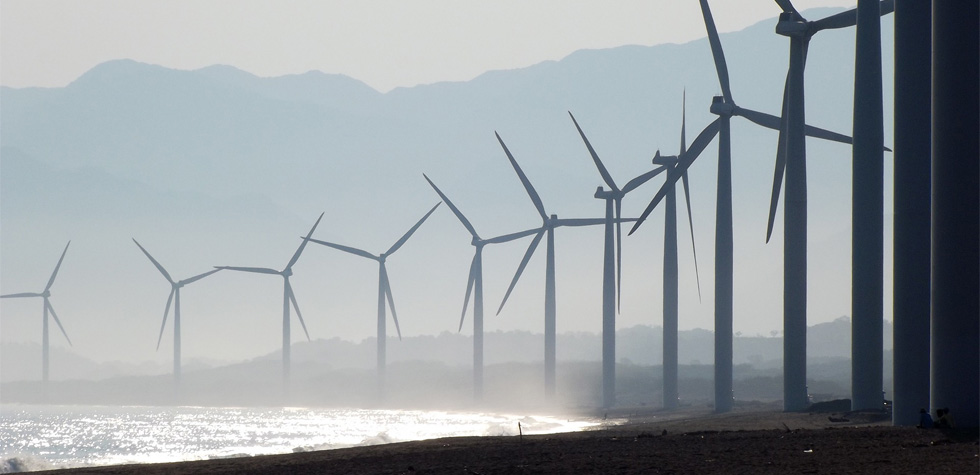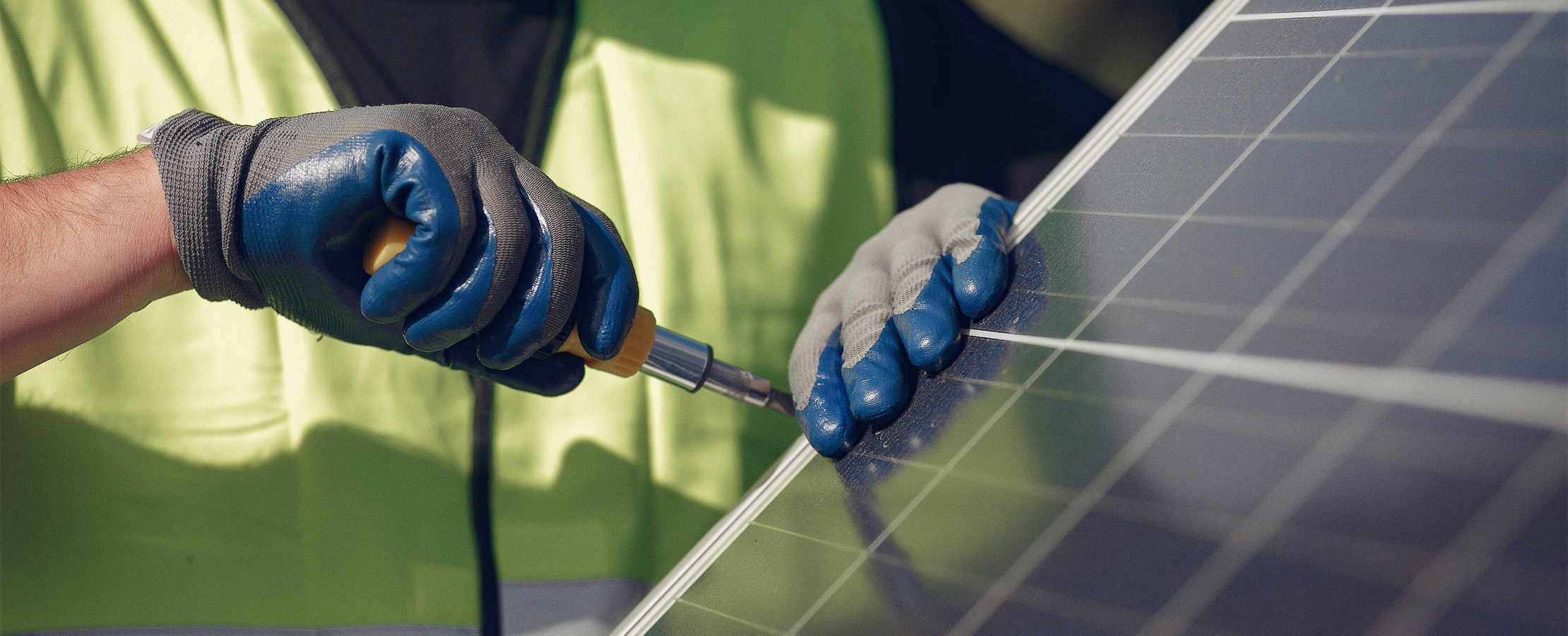How Data Can Accelerate the Energy Transition
Using data and digitalization technologies could revolutionize industries and contribute to net-zero climate goals.
In September 2022, California was gripped by a searing heatwave, the latest in a series of severe climate-related events. Its power grid was buckling under the weight of demand. So, at 5:45pm on September 6, the phones of Californians in 24 counties buzzed with a wireless emergency alert – a text notification that can be issued in times of crisis. At that moment, state officials needed the 27 million residents to reduce their power use so they could avoid rolling blackouts.
The example highlights how digital technologies can help to transform the energy industry, not only for responding to demand in energy use, but also to accelerate the transition to clean energy. Research by the World Economic Forum (WEF) and Accenture shows that embracing digital technologies across energy-intensive industries could lead to a 20% reduction in emissions by 2050.
Digitally managing the power grid
In California, state officials had to decide whether to send out the alert, and when. Soon, they may not have to make those decisions. During a WEF panel at Davos 2023, Patricia Poppe of PG&E outlined how future power demand responses could be optimized. In a smart-network energy grid, filled with connected devices, power demand management could be automated, finessed and even used to give power back to the grid depending on where demand and usage was highest.
Currently, having different energy sources in the power mix is critical to demand-response. Solar power drops away at night, and wind energy can be variable. So other sources are needed to take up the slack when demand is high. In California and many other places, that backup source is often natural gas.

Digitalization will enable power grids to better match energy demands and storage to times when renewables are at high energy output. Machine learning has already been shown to increase wind power value by about 20%. The IEA forecasts that in 2040, application of digital technologies and improved storage could reduce the curtailment of solar and wind energy when there is not enough sun or wind from 7% to 1.6% in the EU. This would avoid 30 million metric tons of CO2 emissions.
Scaling back carbon in construction
Building and construction process emissions are at an all-time high, accounting for 37% of global CO2 emissions, and buildings themselves consume around 40% of the global energy demand. Tackling this is another area where data and digital processes can make a difference.
Electronic Materials Passports used by construction firms store information about the materials and energy footprint of a building, but also help facilitate recovery and reuse of the materials used. Machine learning and modelling can reduce the materials’ impact from the beginning, for example by reducing energy-intensive steel and concrete use in buildings such as Arup’s HAUT residential skyscraper in Amsterdam.
Automated systems, algorithms and IoT systems can also increase the energy efficiency of buildings. Snøhetta’s Powerhouse Brattørkaia uses a combination of smart technology and sustainable construction to maximize energy efficiency and runs energy positive. Materials companies could reduce global emissions by up to 7% by 2050 through digitalization, according to UNEP.
Safe and secure at scale
As data use and digitalization become more prevalent in the energy sector, the security of these systems will come under ever more scrutiny. Education, monitoring and detection, shared responsibility and cyber resilience will all be critical in adapting to a digital energy future.
In the near term, rapidly scaling up the deployment of digitalization, the IoT, and connectivity across industries will contribute significantly to net zero climate goals.






